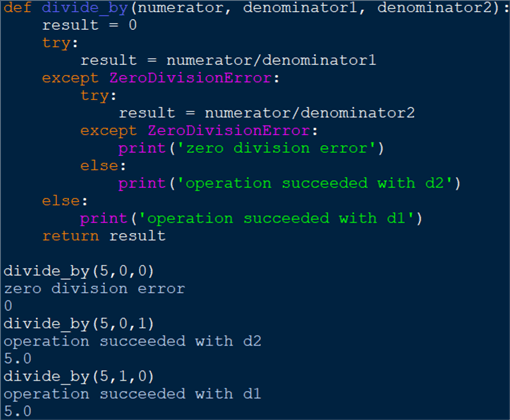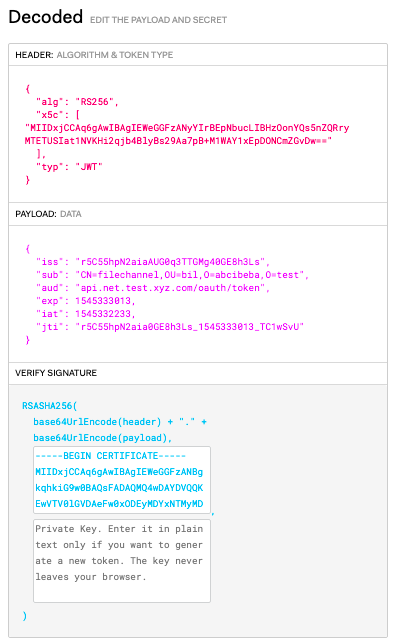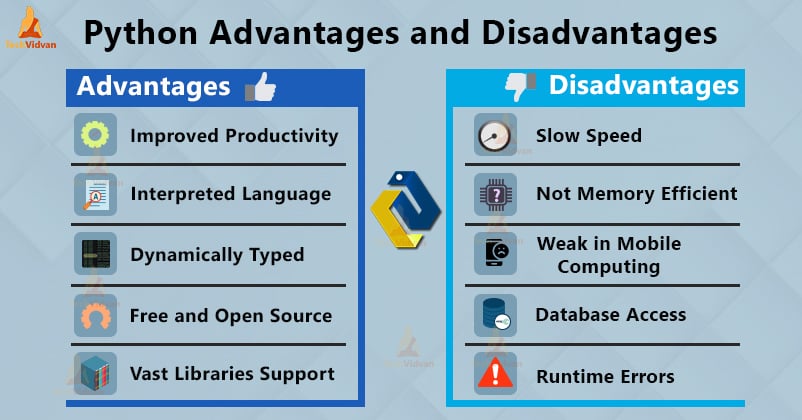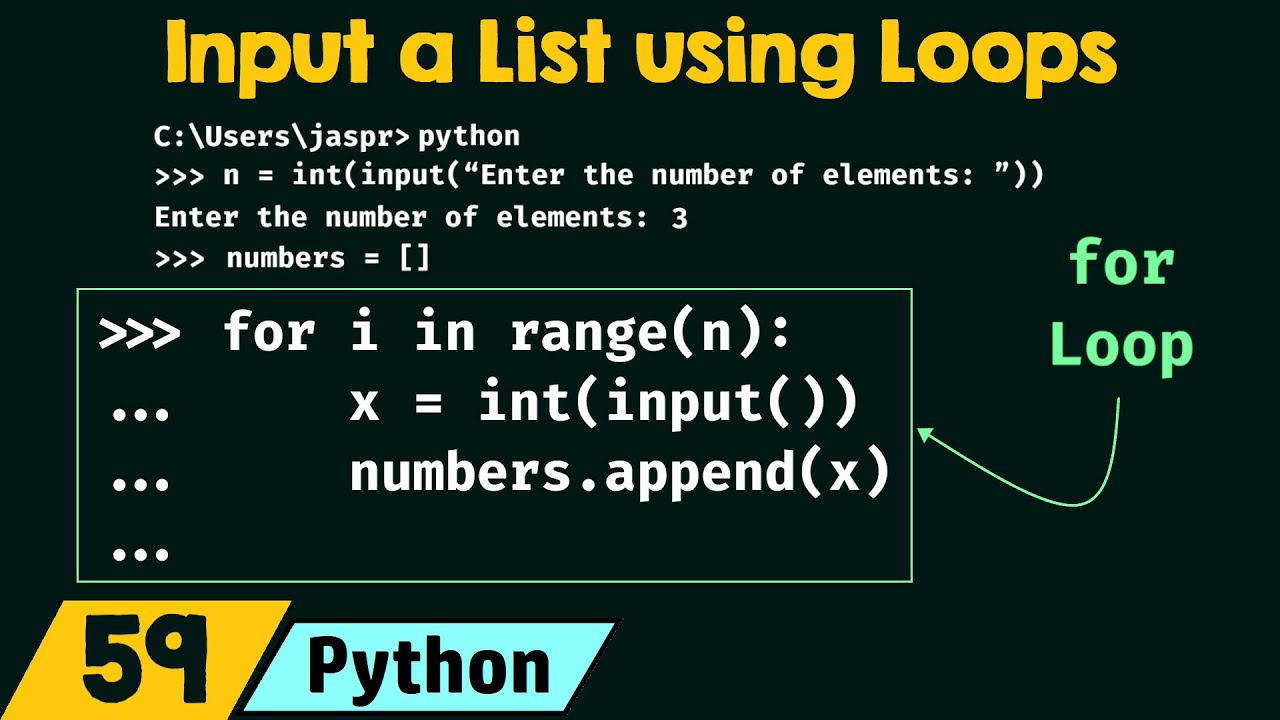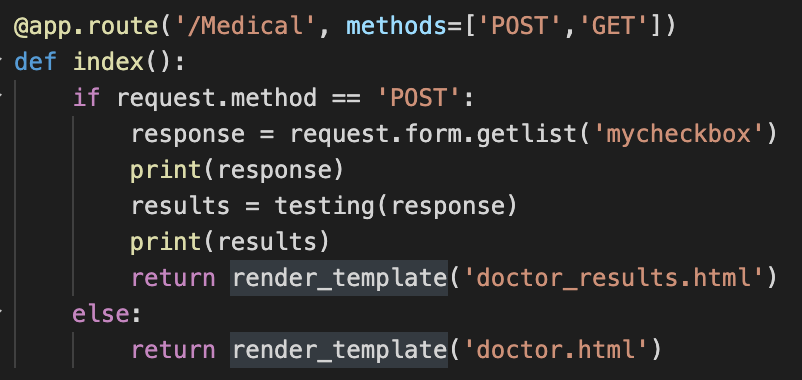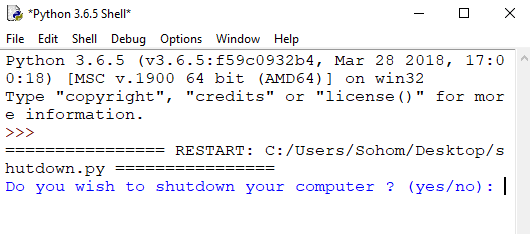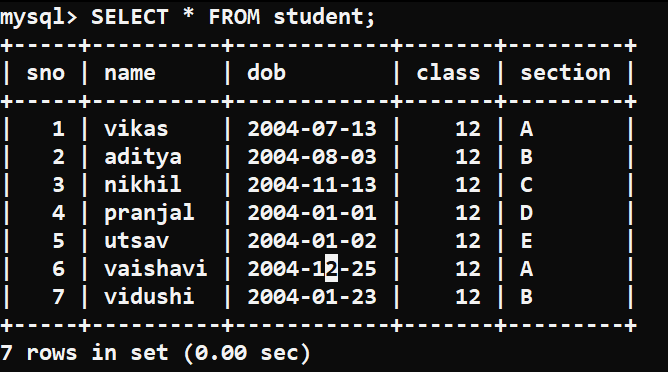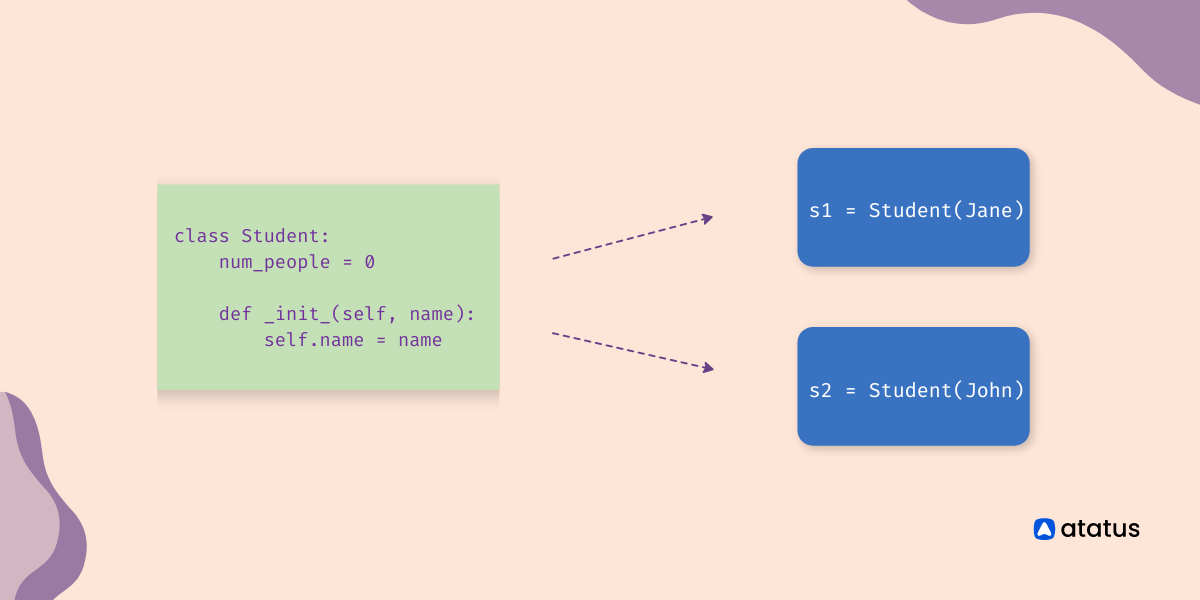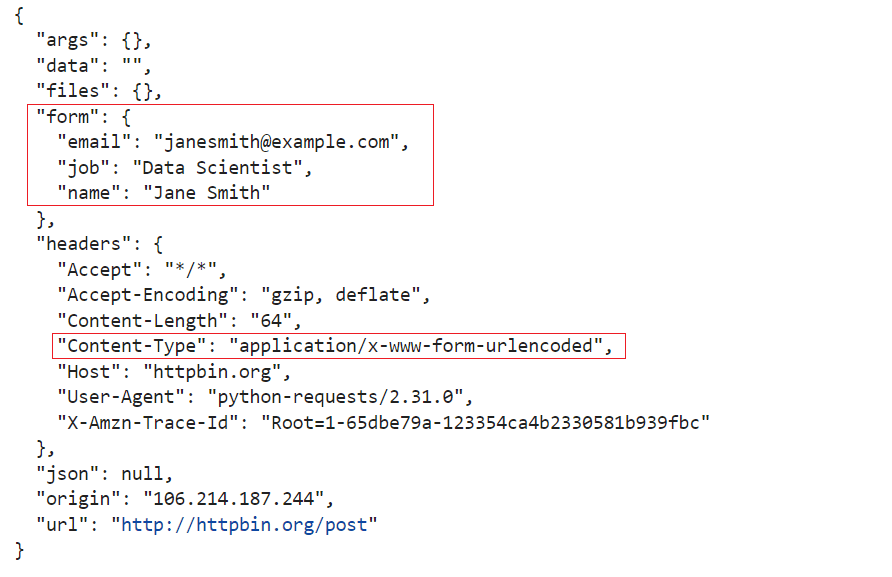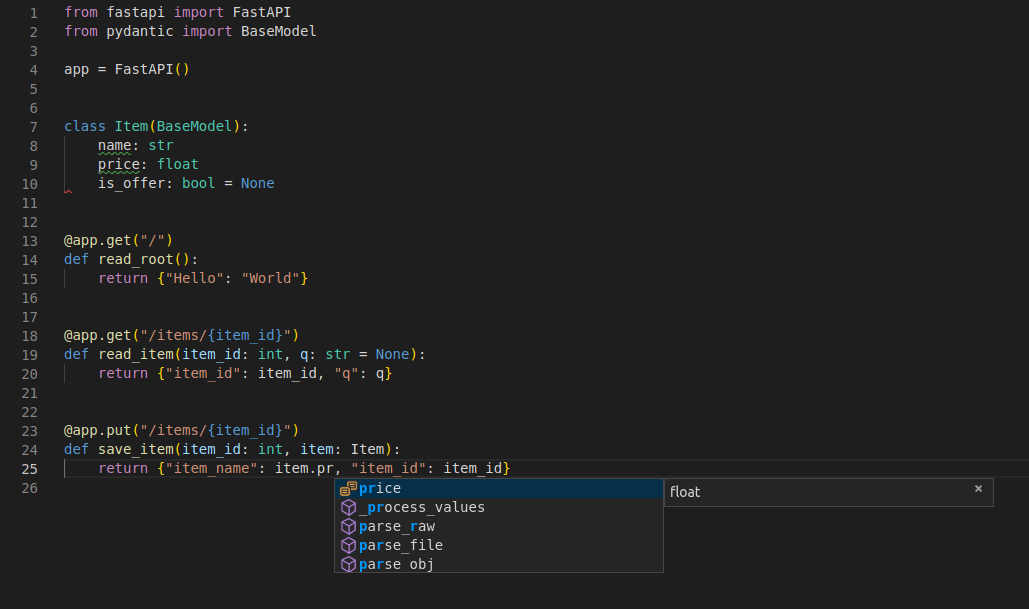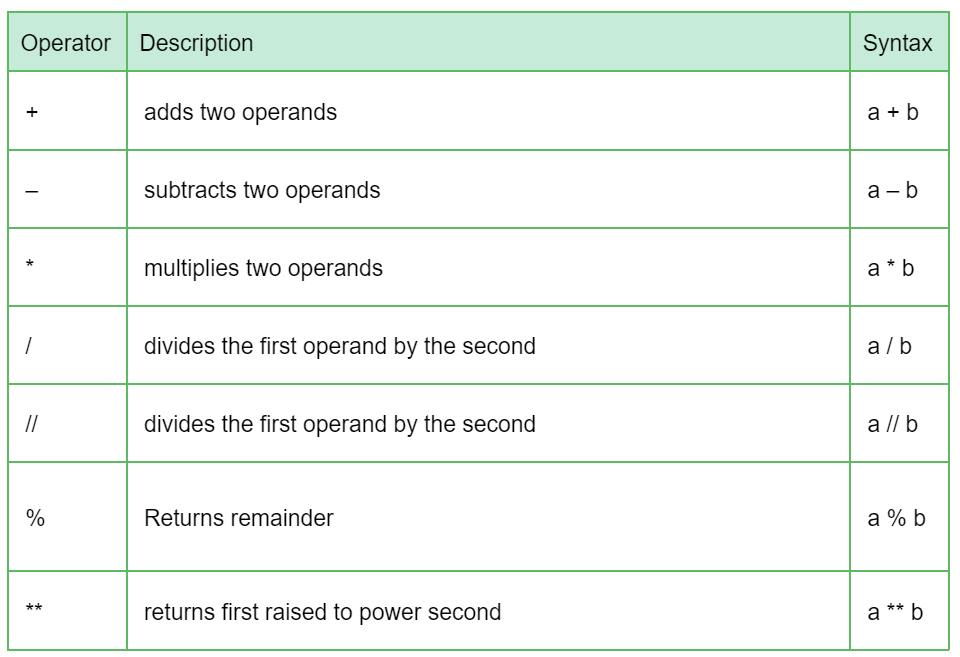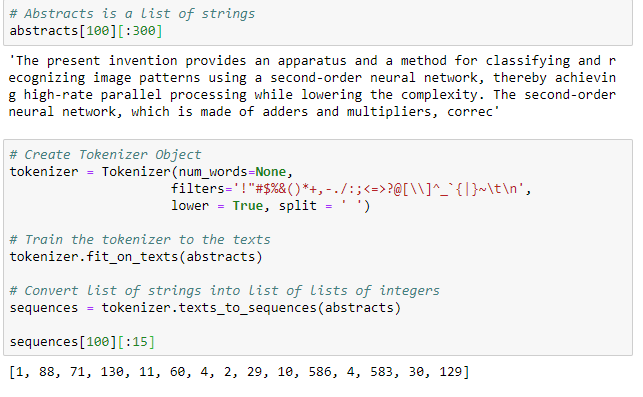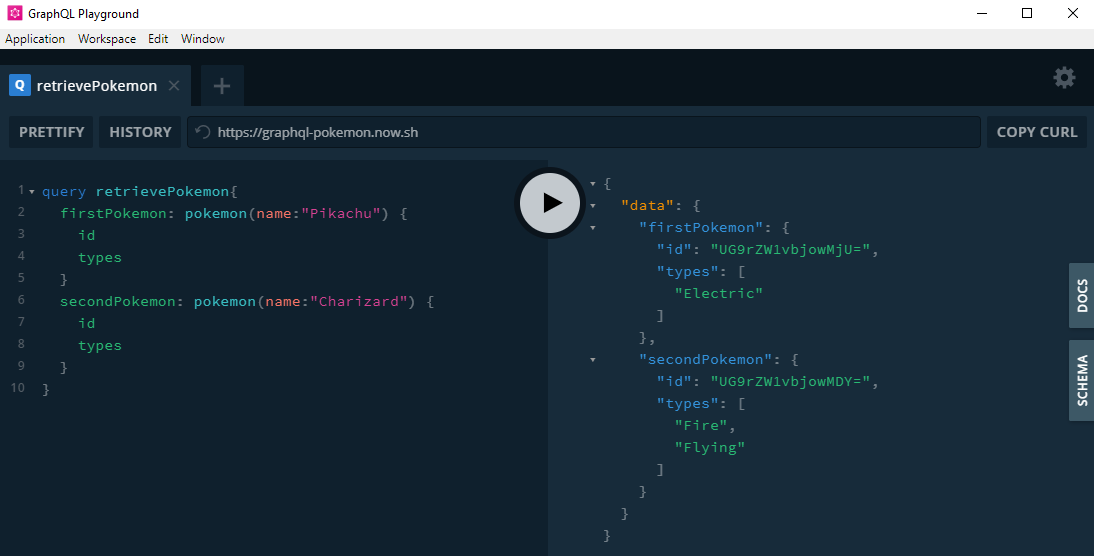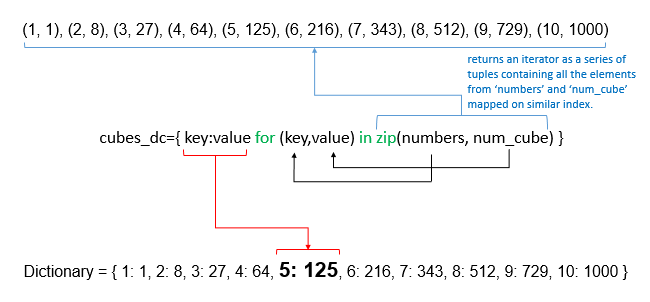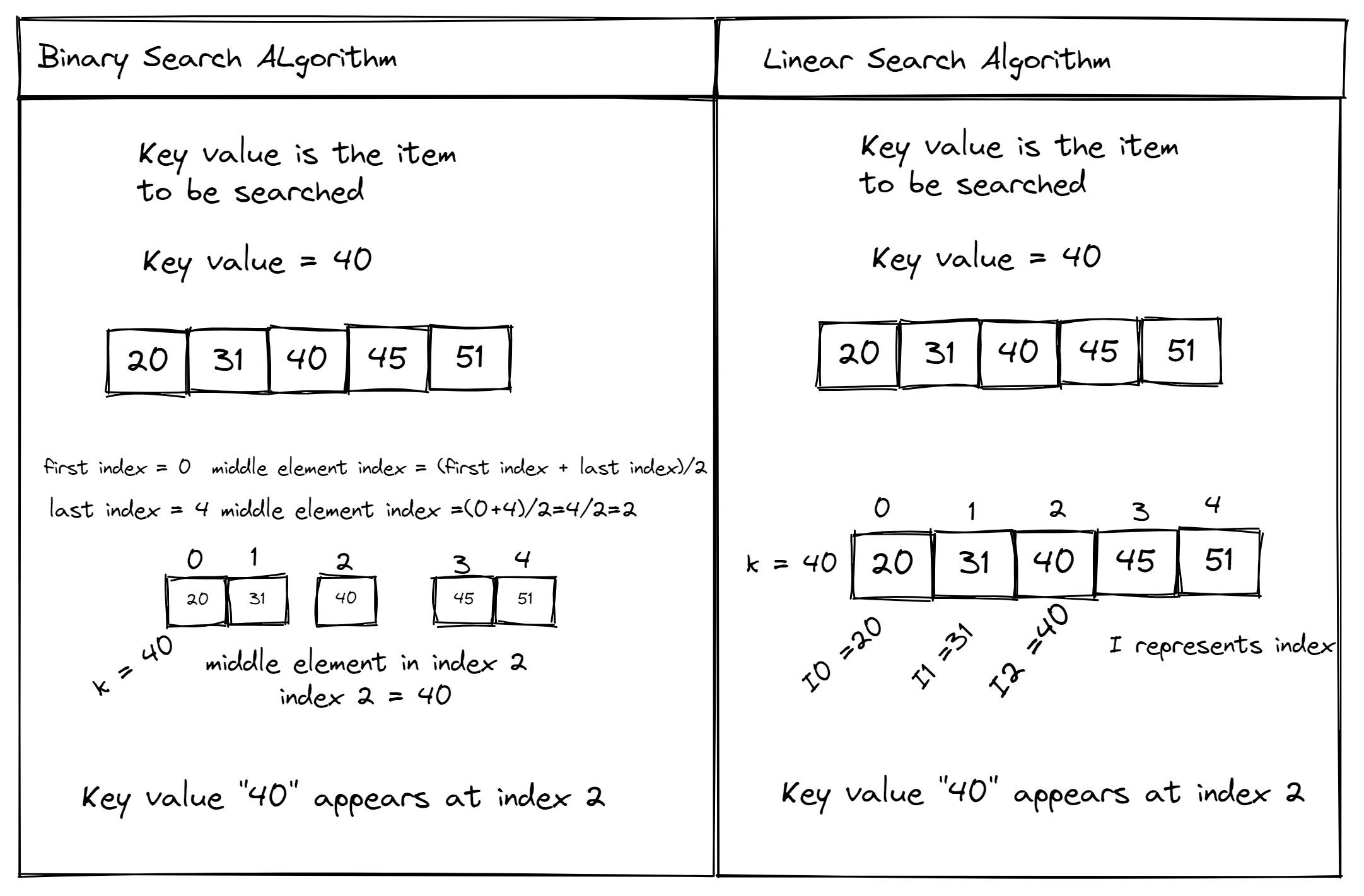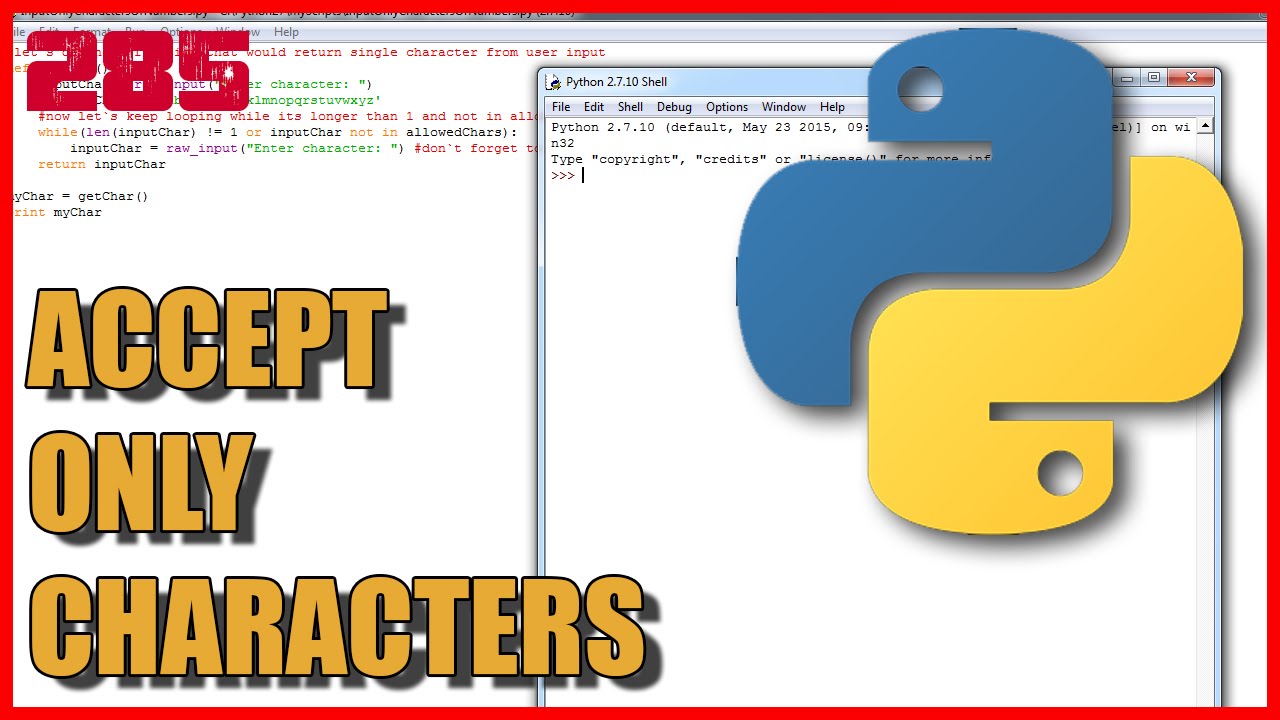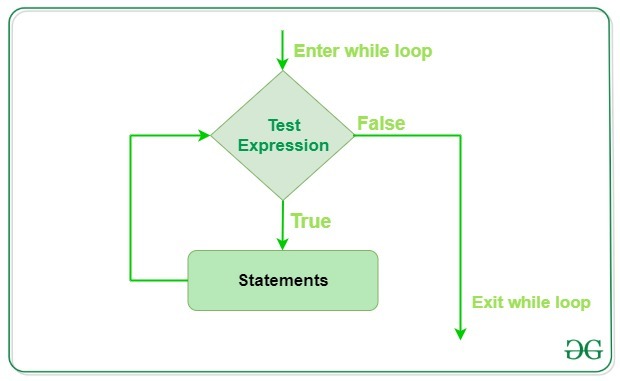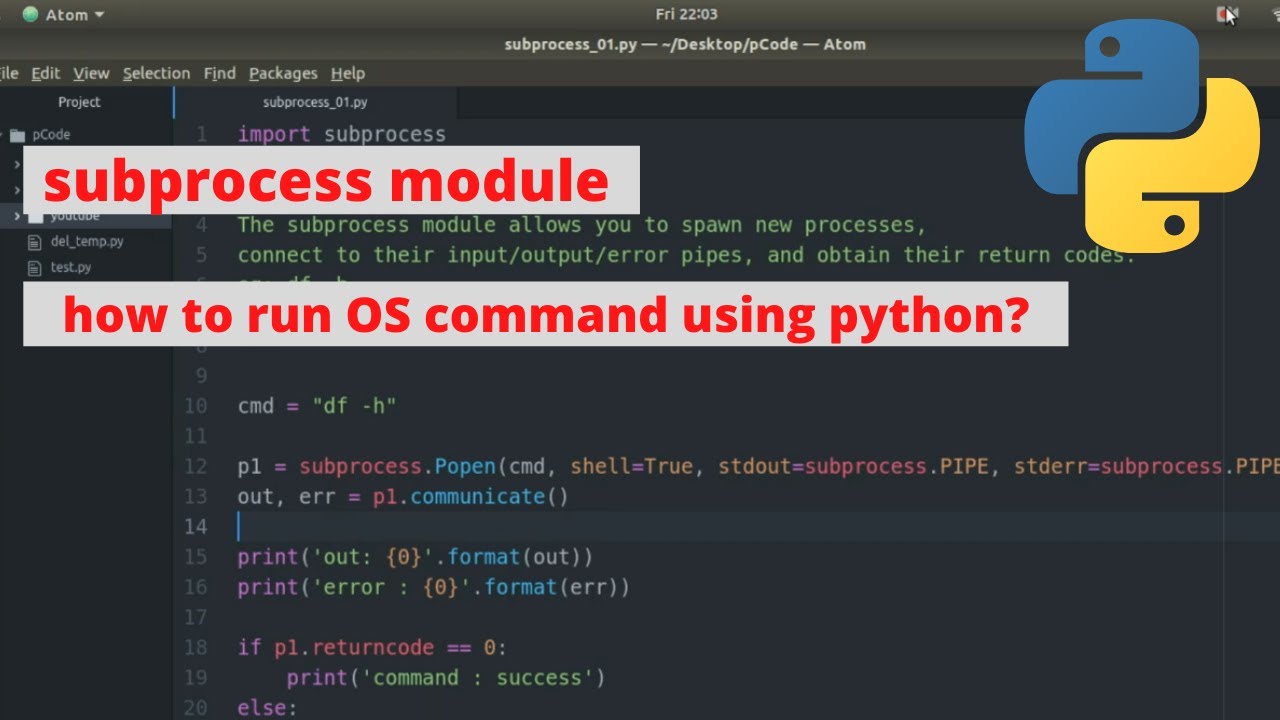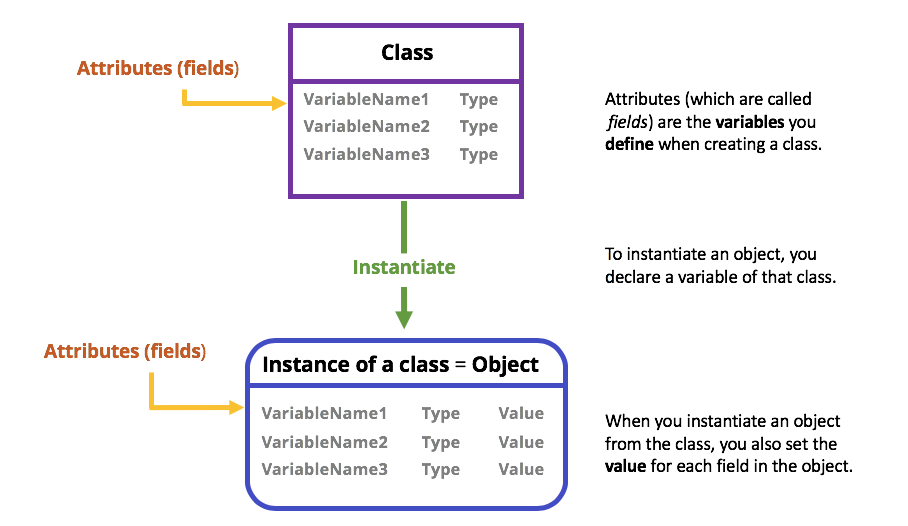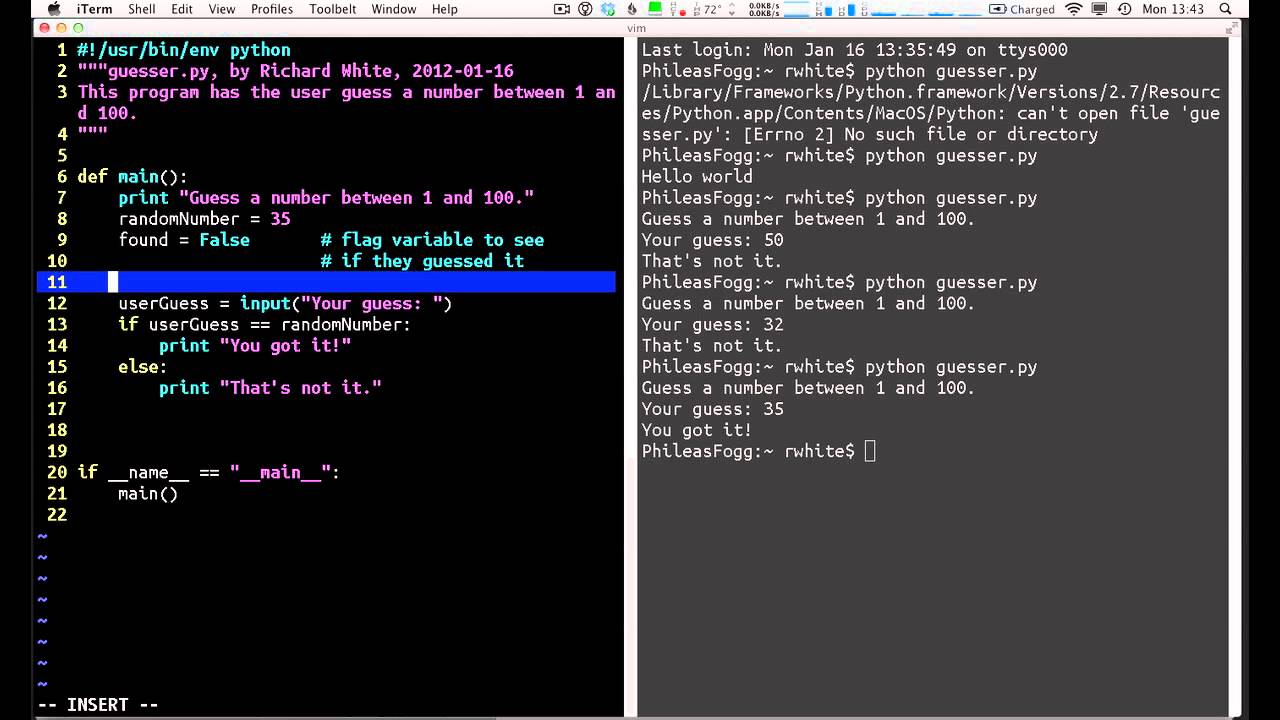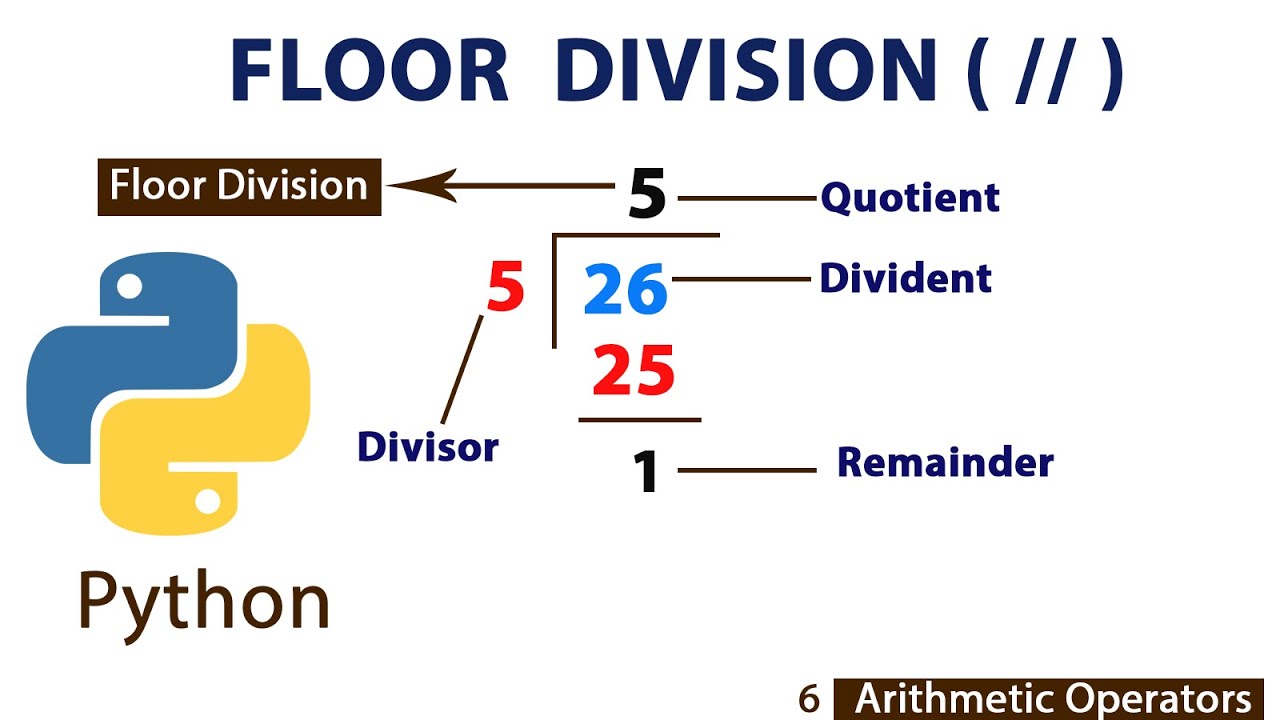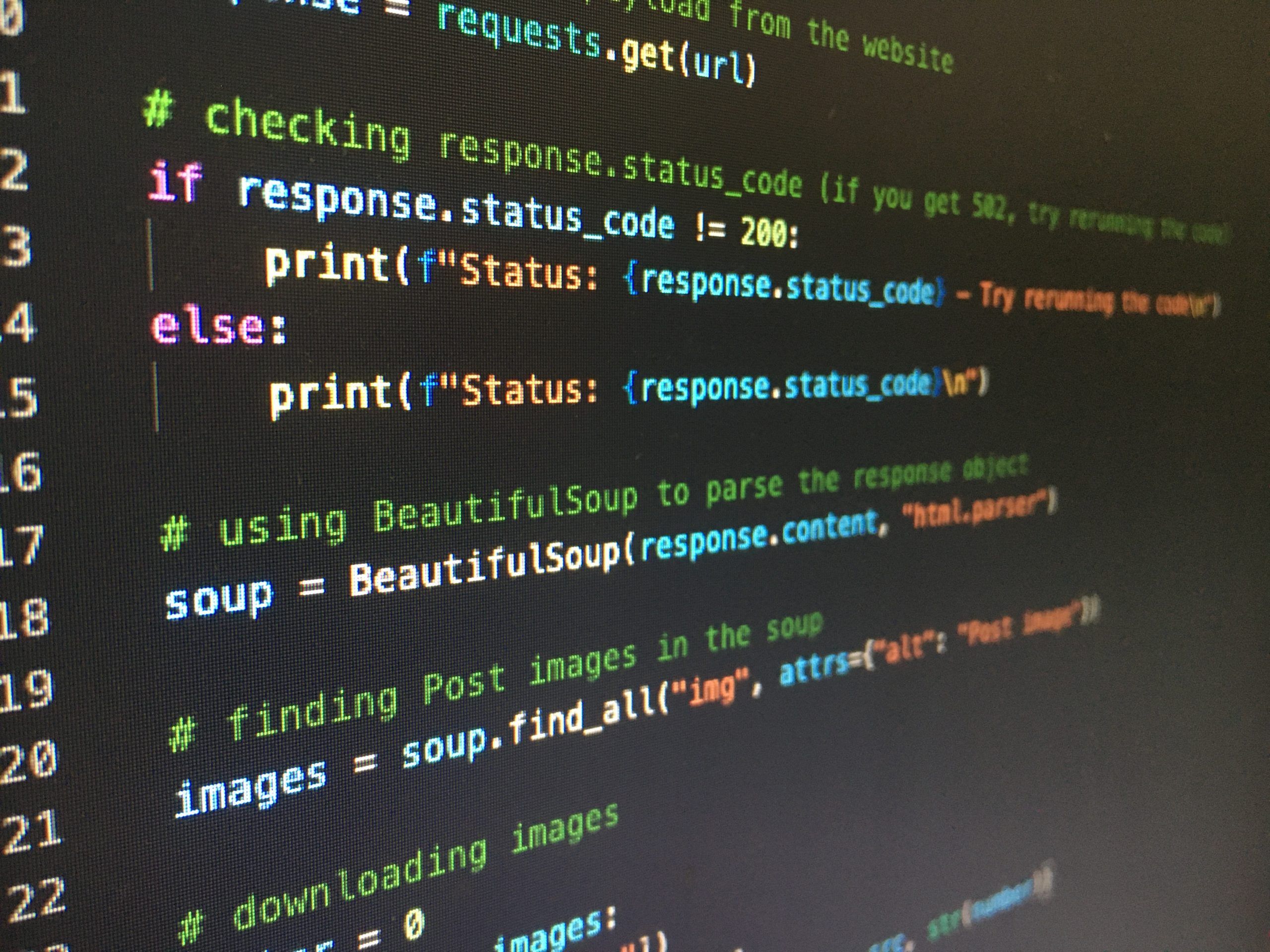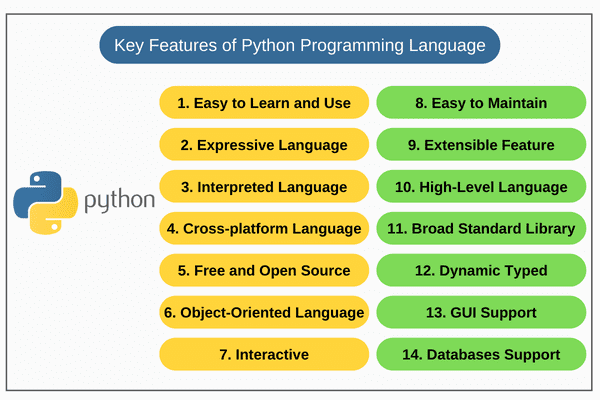Python list comprehension else
Python list comprehension else
Here's an example of using Python list comprehension with the "else" clause:
Suppose we have a list of strings representing student names, and a separate list of booleans indicating whether each student is eligible to participate in a special program. We want to create a new list that includes all students' names, but with an additional message ("Eligible") for those who are eligible, and no message otherwise.
Here's how we can do it using Python list comprehension:
# List of student namesstudent_names = ['Alice', 'Bob', 'Charlie', 'David', 'Eve']
List of booleans indicating eligibilityeligibility = [True, False, True, False, True]
Create a new list with the desired formatnew_list = ["{0} {1}".format(student_name, "Eligible" if eligible else "") for student_name, eligible in zip(student_names, eligibility)]
print(new_list)
When you run this code, it will print:
['Alice', 'Bob', ''), ('Charlie', 'Eligible'), ('David', ''), ('Eve', 'Eligible')]
As you can see, the "else" clause in our list comprehension allows us to specify what we want to do when a particular condition is not met. In this case, it means adding no message for students who are not eligible.
Now let's talk about Python list comprehension itself!
Python list comprehensions are a concise way to create lists from other iterables (like lists, tuples, or sets). The basic syntax is:
[expression for variable in iterable]
Here, "expression" is the code that gets evaluated for each element in the "iterable". We can use various operators like for, if, and even else to control the flow of our list comprehension.
List comprehensions are a powerful tool for manipulating data structures in Python. They offer a clean and expressive way to perform operations like filtering, mapping, and aggregating over large datasets.
Some benefits of using Python list comprehensions include:
Concise code: List comprehensions can make your code more readable and maintainable by reducing the amount of boilerplate code. Faster execution: Python's interpreter is highly optimized for list comprehensions, making them generally faster than equivalent loops written with traditional syntax.However, it's essential to use list comprehensions judiciously. They are not suitable for all situations, particularly when:
Performance is critical: If you need to process extremely large datasets or have tight performance constraints, you might want to consider alternative approaches that leverage the speed and efficiency of Python's built-in data structures. Code readability is a concern: While list comprehensions can make your code more concise, they can also become difficult to read if the logic inside the comprehension becomes complex.In conclusion, Python list comprehensions with the "else" clause are a useful tool for processing lists in Python. They offer a concise way to create new lists from existing iterables while allowing you to specify different behaviors based on conditions. Just remember to use them wisely, as they're not suitable for all situations!
list comprehension python if-else for loop

Here is an explanation of Python's list comprehension and if-else statement using a for loop:
List Comprehension:
A list comprehension is a concise way to create a new list from an existing iterable (like a list, tuple, or string). The general syntax is:
[expression for item in iterable]
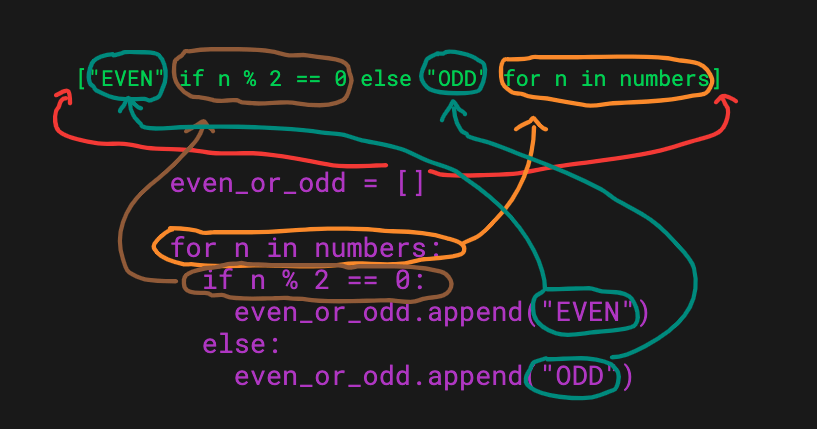
Where expression is the operation you want to perform on each item in the iterable. For example:
numbers = [1, 2, 3, 4, 5]
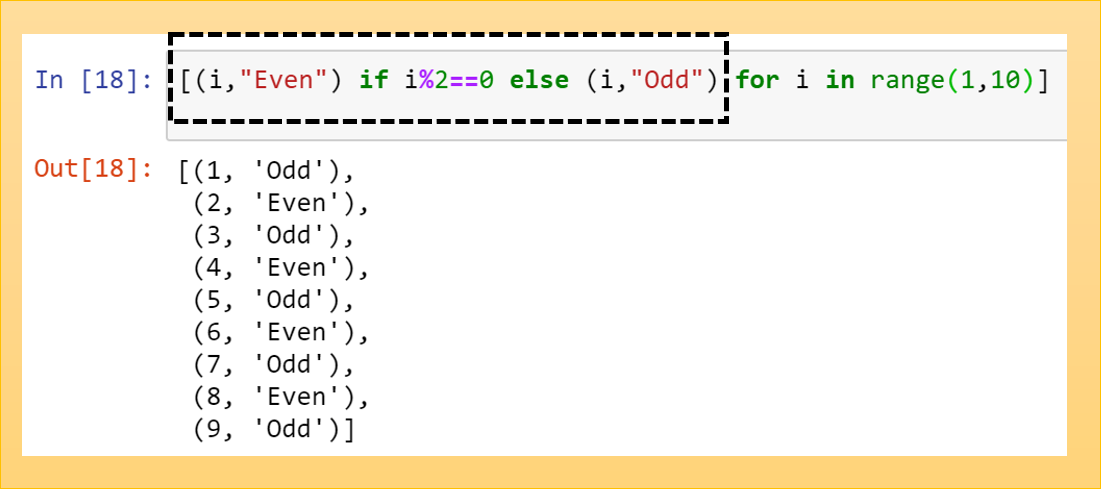
squared_numbers = [x**2 for x in numbers]
print(squared_numbers) # Output: [1, 4, 9, 16, 25]
In this example, we create a new list squared_numbers by taking each number in the original list numbers, squaring it (x**2), and adding the result to the new list.
If-Else Statement:
An if-else statement is used to execute different blocks of code based on certain conditions. The syntax is:
if condition:
code to run if condition is True
elif another_condition:
code to run if first condition is False and second condition is True
else:
code to run if all conditions are False
For example:
numbers = [1, 2, 3, 4, 5]
filtered_numbers = [x for x in numbers if x % 2 == 0 or x > 3]
print(filtered_numbers) # Output: [2, 4, 5]
In this example, we create a new list filtered_numbers by iterating over the original list numbers. For each number, we check two conditions:
x % 2 == 0) or If the number is greater than 3 (x > 3)
If either condition is True, the number is added to the new list.
Combining List Comprehension and if-else Statement:
You can combine these two concepts using a for loop:
numbers = [1, 2, 3, 4, 5]
filtered_numbers = []
for x in numbers:
if x % 2 == 0 or x > 3:
filtered_numbers.append(x)
print(filtered_numbers) # Output: [2, 4, 5]
In this example, we create an empty list filtered_numbers and then iterate over the original list numbers. For each number, we check the same conditions as before. If either condition is True, we add the number to the new list using append().
Comparison with a Traditional for Loop:
Here's how you would do this without list comprehension:
numbers = [1, 2, 3, 4, 5]
filtered_numbers = []
for x in numbers:
if x % 2 == 0 or x > 3:
filtered_numbers.append(x)
print(filtered_numbers) # Output: [2, 4, 5]
This is essentially the same code as before, but with more verbosity. The list comprehension version is often preferred for its conciseness and ease of reading.
Conclusion:
List comprehensions and if-else statements are powerful tools in Python that can simplify your code. By combining these concepts using a for loop, you can create complex logic in a concise and readable way.
